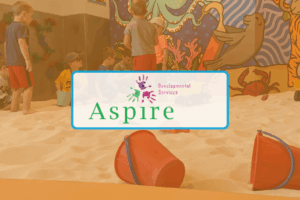How Indoor Sandbox Playgrounds Like Sandmagination Support Early Childhood Education Goals: Early childhood education is crucial for a child’s cognitive, social, and emotional development. While traditional classrooms offer structured learning, hands-on play experiences, particularly in interactive environments like Sandmagination, enhance learning in unique ways. Indoor sandbox playgrounds not only provide fun and engaging activities but also support essential early education goals through sensory play, creativity, and social interaction.
1. Enhancing Sensory and Fine Motor Skills
Playing in the sand involves scooping, pouring, shaping, and sifting—activities that refine fine motor skills and hand-eye coordination. These movements strengthen small hand muscles, which are vital for essential tasks like writing, cutting, and using utensils.
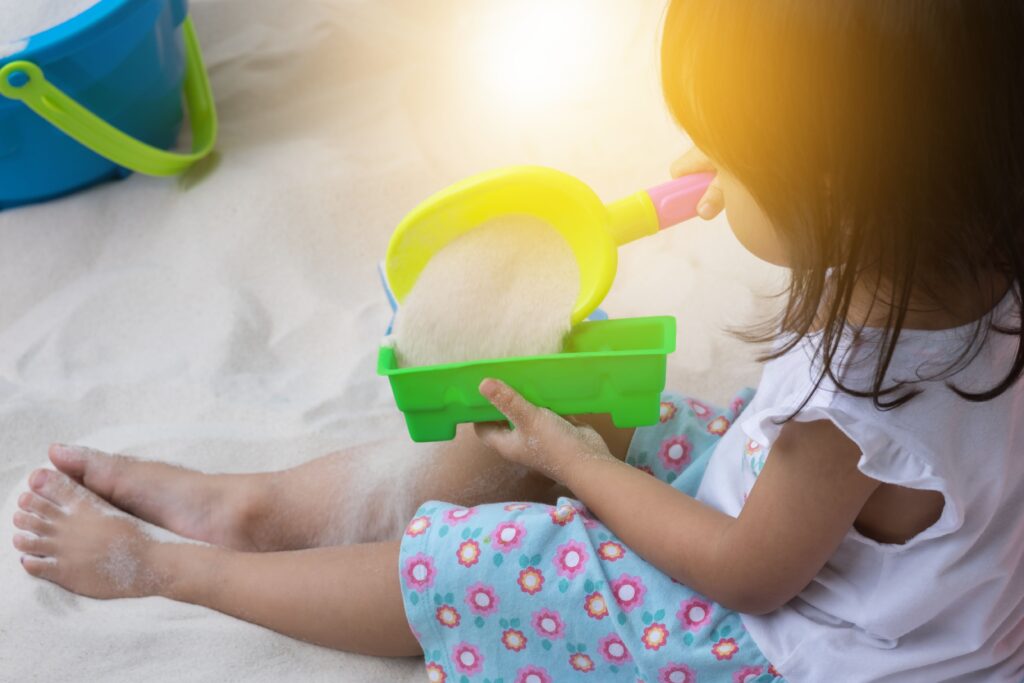
2. Encouraging Creativity and Imagination
Sand is an open-ended medium for children to construct imaginary worlds and tell stories. This unstructured play fosters creativity, problem-solving, and innovation—skills that are crucial for cognitive development and future learning.
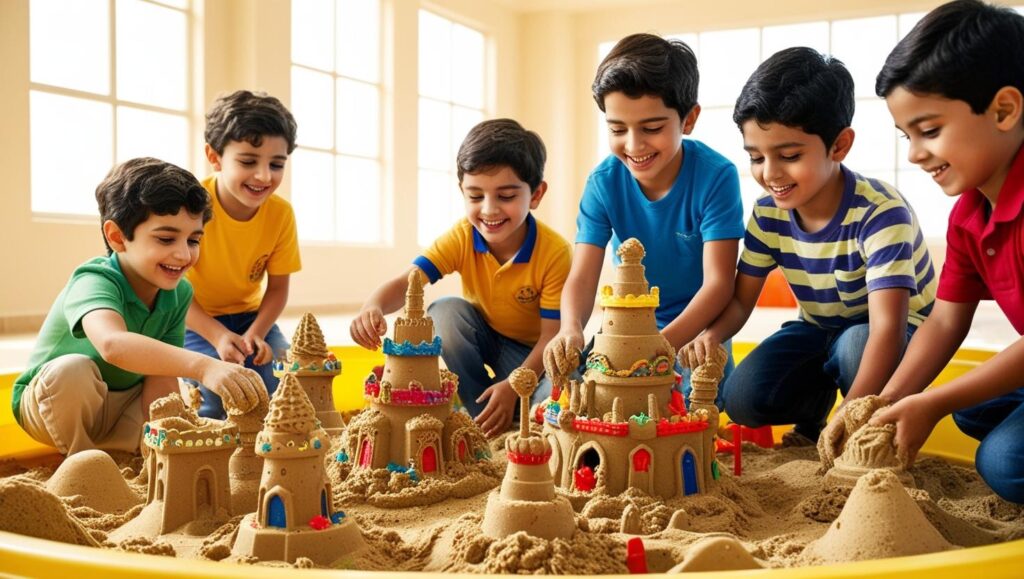
3. Promoting Social and Emotional Growth
Indoor sandbox playgrounds encourage cooperative play, helping children learn teamwork, communication, and conflict resolution. Sharing tools and collaborating on sand structures nurture social-emotional skills and promote positive interactions with peers.
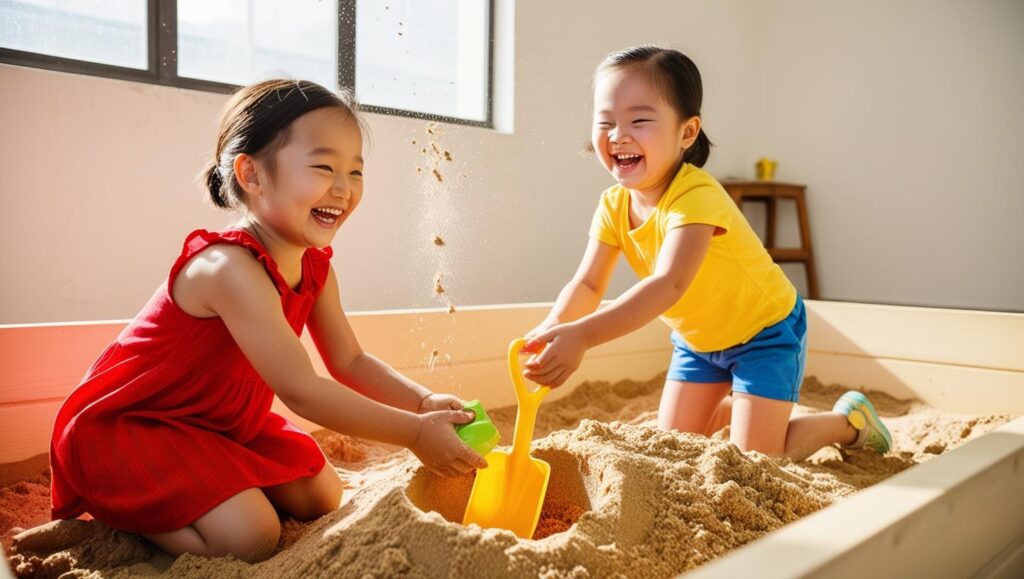
4. Supporting Early STEAM Learning
Sand play introduces fundamental concepts of STEAM (Science, Technology, Engineering, Arts, and Math). Children explore measurement, cause and effect, and basic engineering principles, such as balance, stability, and how different materials interact in a hands-on environment.
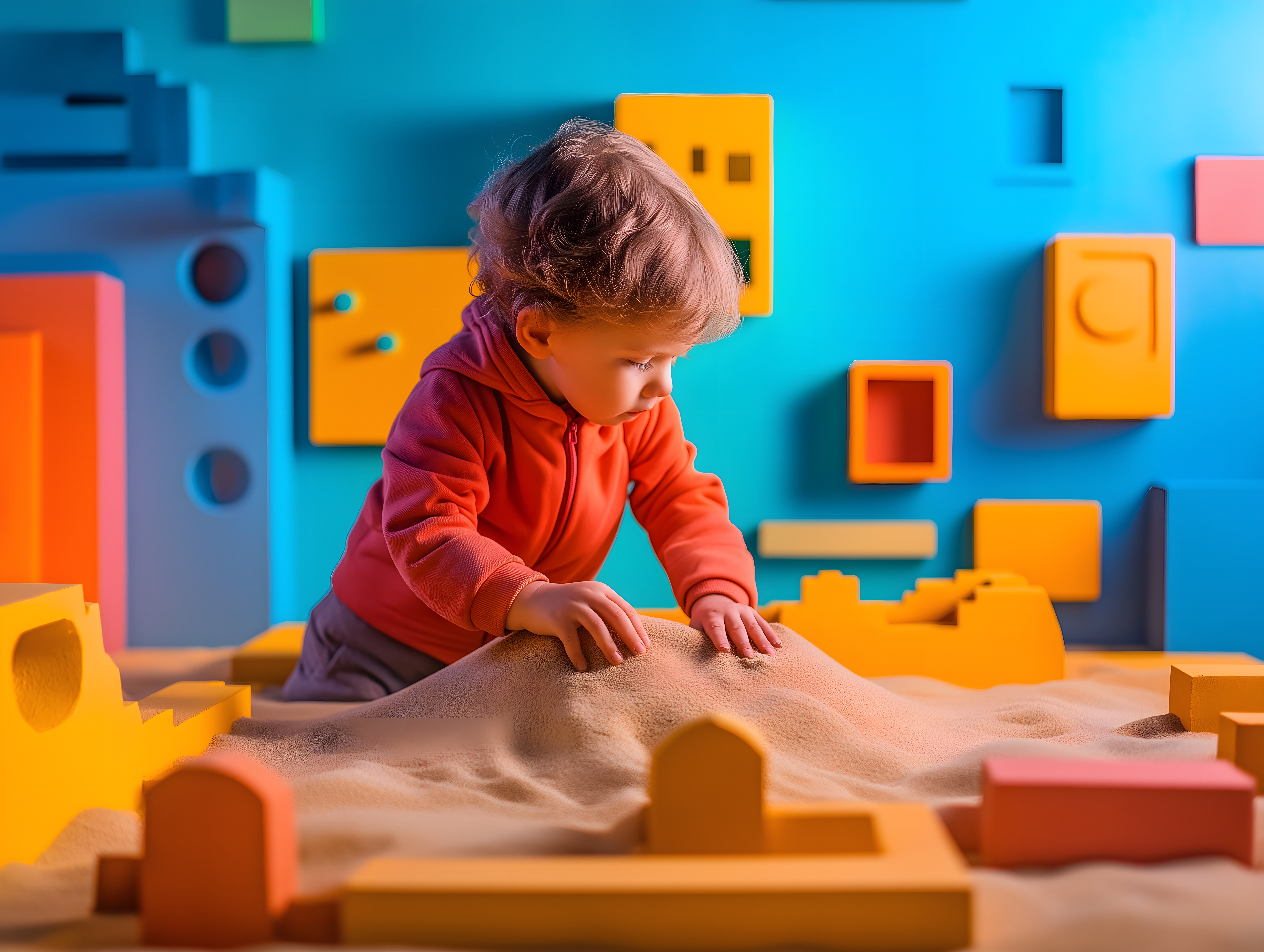
5. Developing Language and Communication Skills
As children engage in sandbox play, they naturally narrate their actions, describe their creations, and interact with others. This practice strengthens vocabulary, sentence structure, and expressive language skills, enhancing early literacy development.
6. Encouraging Independence and Decision-Making
In a sandbox playground, children have the freedom to choose how to shape their creations, which tools to use, and how to overcome challenges. These choices promote confidence, independence, and critical thinking skills.

7. Providing a Stress-Free, Engaging Learning Environment
Sandmagination creates a safe, relaxed space where children can explore, experiment, and learn through play. Sensory activities with sand have even been shown to have calming effects, helping children regulate their emotions and reduce stress.
Conclusion
Indoor sandbox playgrounds like Sandmagination are more than just a fun outing—they provide a rich, educational experience that supports early childhood development. From enhancing fine motor skills and creativity to fostering social growth and STEAM learning, sand play helps children build essential skills for the future.
Looking for a fun and educational activity for your child? Visit Sandmagination today—where play meets learning!

